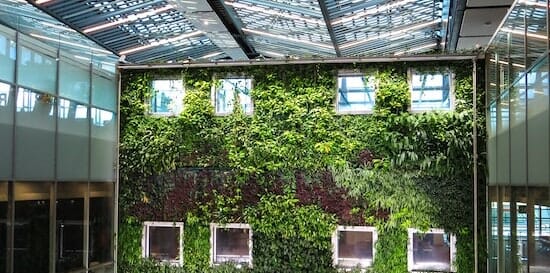No products in the cart.

Sustainable Materials Management
Turning the Recycling “Crisis” into a Global Impact Opportunity
Dear Fellow Professional Engineers: Can you help us connect countries and be a staple of progress for sustainable materials management? China is no longer accepting 32 types of solid wastes. So piles of hazardous wastes and recyclables (including plastics, waste textile materials, paper, scraps, etc.) are mounting right before our eyes.
As you can imagine, this presents a major problem for the US, Canada, and any country that sends their wastes and recyclables to China. On top of that, the recent change in export opportunities for scraps and our consumables has come as a shock to many municipalities and communities. As such, local diversion operations and feasible domestic markets are limited. With problems, however, comes opportunity and progress. And in this particular case, the challenge in front of us bring forth a lucrative opportunity to evolve the current state of materials management and make a tangible and global impact on generations to come.
But it’ll take a village to turn “sustainable materials management” into reality. So how can we move past the “let’s just send it to China” approach to materials management? How can we inspire construction, efficiency, and stormwater and erosion control approaches that work with nature and our consumables—not against them?
If we can ban together as a tribe and pave the way for sustainable materials management, we just might be able to stimulate local diversion productivity, minimize the environmental effects of contaminated wastes and recyclables, and reduce our reliance on overseas markets.
Making Sustainable Materials Management a Reality
By uniting contractors, architects, engineers, city planners, public works divisions, and other local parties across North America and beyond, we can take the necessary steps to build infrastructure that can invigorate diversion operations and meet local demand. So how can this best be done?
We could potentially start by determining the best management practices (BMPs) to source and divert local metals, plastics, paper and compost for construction operations, green walls and other energy and water efficiency solutions that can only add vitality to buildings and communities. Then we can apply these BMPs to construction and efficiency projects that build upwards, instead of taking up more land for development.
There are endless possibilities when it comes to sustainable materials management. Image…plastics for floating wetlands and permeable pavements, wood for hydroseeding, paper and scraps for building mixes and insulation, scrap tires for ground rubber and energy use…the list goes on and on. But we’ll need all hands on deck to come up with effective diversion and implementation solutions to turn “sustainable materials management” into reality.
What are your thoughts on how we can flip the current recycling “crisis” into an opportunity for sustainable buildings and materials management? Is it possible to unite all parties to solve the problem once and for all?
